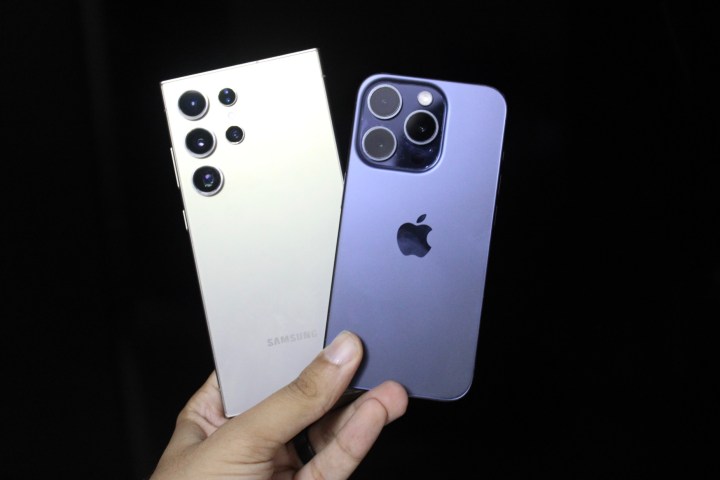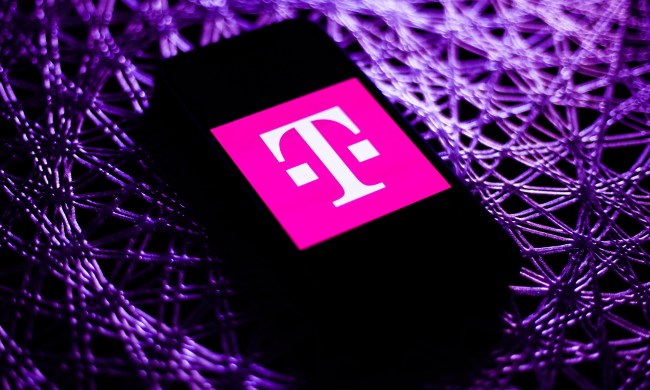Google, Samsung, and Apple have all been spending a lot of time talking about AI lately. If you believe the hype, we’re on the verge of an intelligence revolution that will make our lives easier than we’ve ever dreamed.
And yet, for all that talk, one of the most obvious bits of intelligence has been completely overlooked — and it wouldn’t even need AI. Our phones should know what our monthly mobile plan covers and automatically help us avoid unnecessary fees. Pay-I, if you will.
As with all frustrations, there’s a story behind my idea. Two of them, in fact.
The terrors of international texting

Story No. 1: This summer, we traveled to visit our son in Copenhagen, Denmark. My mobile carrier will happily let me use my voice, text, and data plan when overseas — all I have to do is pay $15 per day while traveling. And it’s kind of vicious. The moment you send a text, use any data at all, or make a call, you trigger that $15 charge for the day. Forget that.
Instead, I loaded a data-only eSIM on my phone from . It’s easy, and instead of paying over $210, it costs less than $30 for the same two-week period.
On my phone, I made the eSIM the primary method for data, but I needed to keep my normal SIM active for voice and texts (even if just for the companies I deal with that still do SMS two-factor authentication). Since inbound calls and texts carry no extra fees when traveling, there’s zero risk … until you forget you’re not at home.
I can manage most of my life abroad via messaging apps like WhatsApp, and on the rare occasion I want to make an actual phone call, I can use my Ooma VoIP app, which has an incredibly cheap long-distance rate.
But if someone texts me on my regular number (and they aren’t on iMessage) and I respond — bang! I’ll get hit with that crazy $15 charge. Let’s say I may have forgotten a few times.
Pricey long-distance phone calls

Story No. 2: My kids usually text and call each other via iMessage, which means that as long as they’re on a Wi-Fi network, it’s free; they don’t even use up their data plans. But sometimes, instead of hitting the button for a FaceTime audio call, they make a regular voice call. And when one kid is in Toronto, and the other is in Copenhagen, that can be a costly mistake. Specifically, an extra $75 charge on my bill for a 35-minute long-distance call.
Let’s agree that in both stories, a human being was clearly the root cause of the extra fees. I knew what would happen if I sent a text message while traveling, and my kid understood that long-distance phone calls aren’t the same as FaceTime calls. Humans do stupid human things all the time, but if our phones were even remotely as intelligent as they claim to be, they could stop us — or at least warn us — before we do them.
Our phones should be able to query our mobile carrier for the details of our current plan. How much data do we get every month, how much have we used, do we have long-distance calls included, and if so, which countries are covered, etc.? All of the plan details.
Then, our phones should present us with some options. You could go full nanny mode and be prevented from taking any actions that would incur extra fees. You could go sidekick mode and get a pop-up dialog anytime it looks like you’re about to do something that would cost money: “It looks like you’re about to make a long-distance call that isn’t covered by your mobile plan. Proceed?”
Or, you could simply enter a series of app-based preferences, like “Always use WhatsApp for text messages when I’m traveling” or “Always use my VoIP app for calls.”
Yes, mobile carriers will absolutely hate this idea. But if your business model relies on people accidentally doing things on their phones that incur extra fees, I have less than zero sympathy for you.
Why aren’t our phones better than this?

Before writing this column, I did some research. I couldn’t find a single carrier that offered tools to avoid extra fees (you’re shocked, I know). The only thing you can do is lock down a mobile number completely so that it can’t make long-distance calls, use data, or send texts. That’s not exactly helpful unless the number belongs to a young child, and even then, these options should probably be built into the phone, not the phone number.
Moreover, I couldn’t find any third-party apps for iOS or Android that can act as gatekeepers, giving users the choice and control they’d need to avoid fees.
So, Google, Samsung, and Apple, if you’re listening, please consider adding this feature to your platforms. As far as intelligent upgrades go, this one’s a no-brainer.




